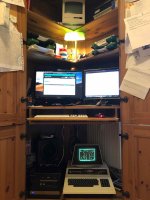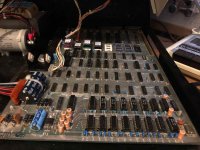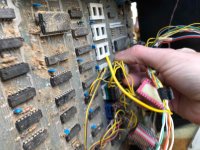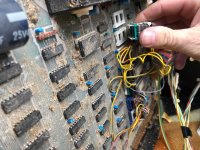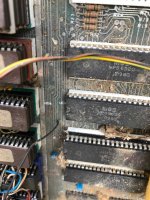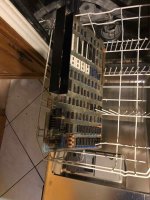Dwight Elvey
Veteran Member
Hi Andy, thanks for the feedback. So, when using this graphic board the video circuit on the mainboard is bypassed then?
Yes, but only if you make the original modification.
Dwight
Hi Andy, thanks for the feedback. So, when using this graphic board the video circuit on the mainboard is bypassed then?
OK - having gone through some more of the EDIT rom you posted in #16, it has been slightly modified to say
##GUTEN TAG JUERGEN! ## on boot. It them makes some calls to a Custom ROM located in the $Axxx slot.
In Particular it makes a call to $A300 instead of calling $FFEA (Update Clock)
Also the "LOAD RUN" text is replaced with SYS 41802
What ROM was in the $AXXX address socket ?
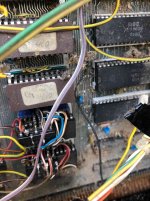

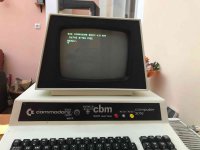
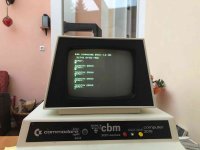
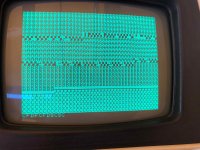

If the characters are ALL displayed correctly on the screen this means that the CPU can correctly write to the video RAM (and the results are correctly displayed) - but it is likely that the CPU is not correctly reading the values back FROM the video RAM.
That would be my guess.
It is too much of a coincidence that it went wrong concurrently with you swapping out a socket though...
Dave
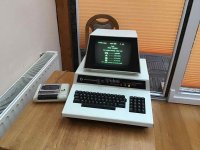
Again i want to say a BIG THANK to you all.
I enjoyed the hunt.
